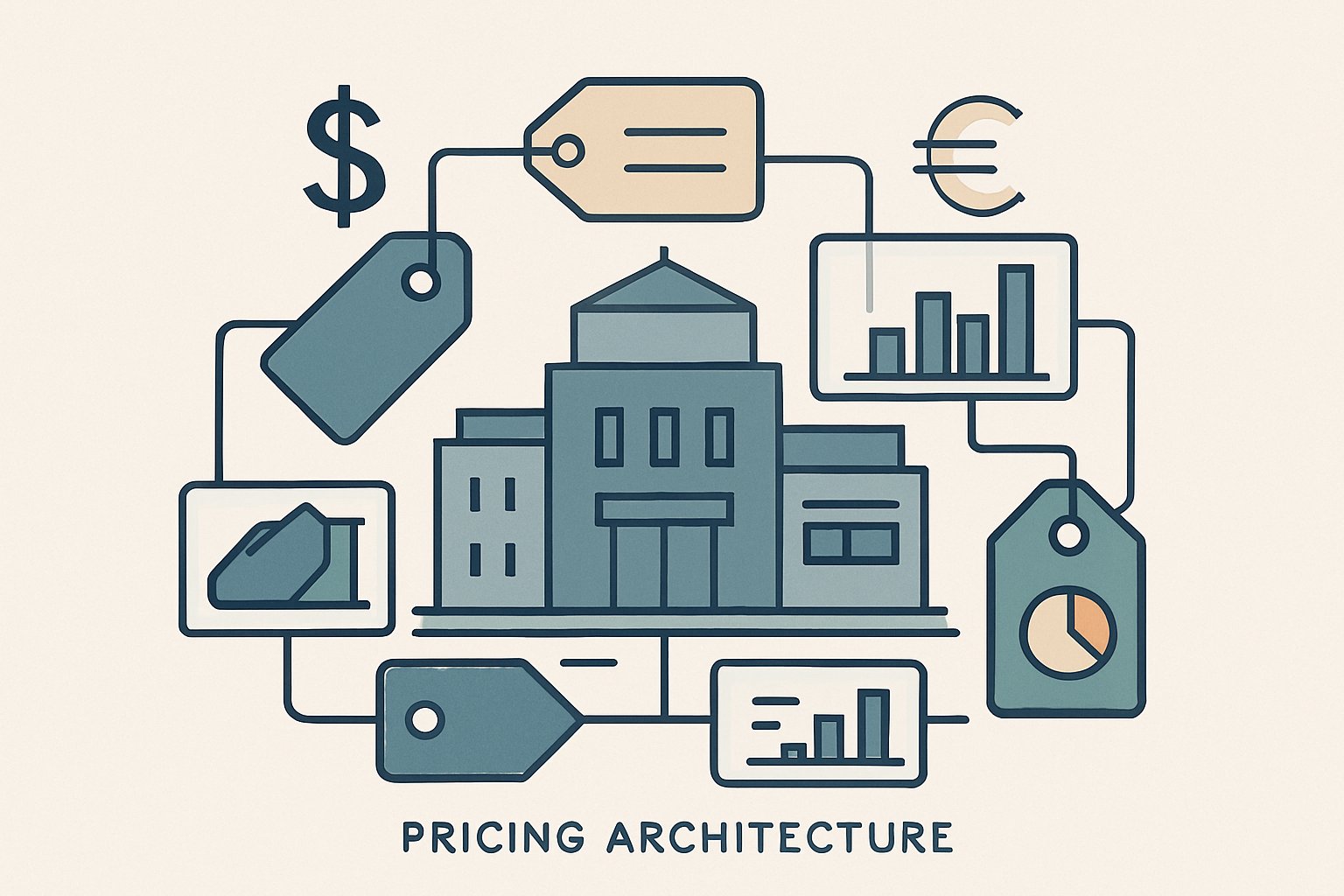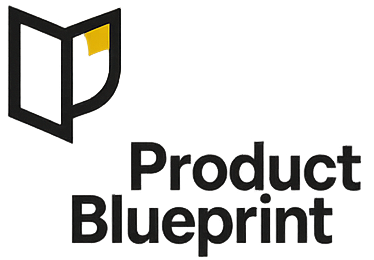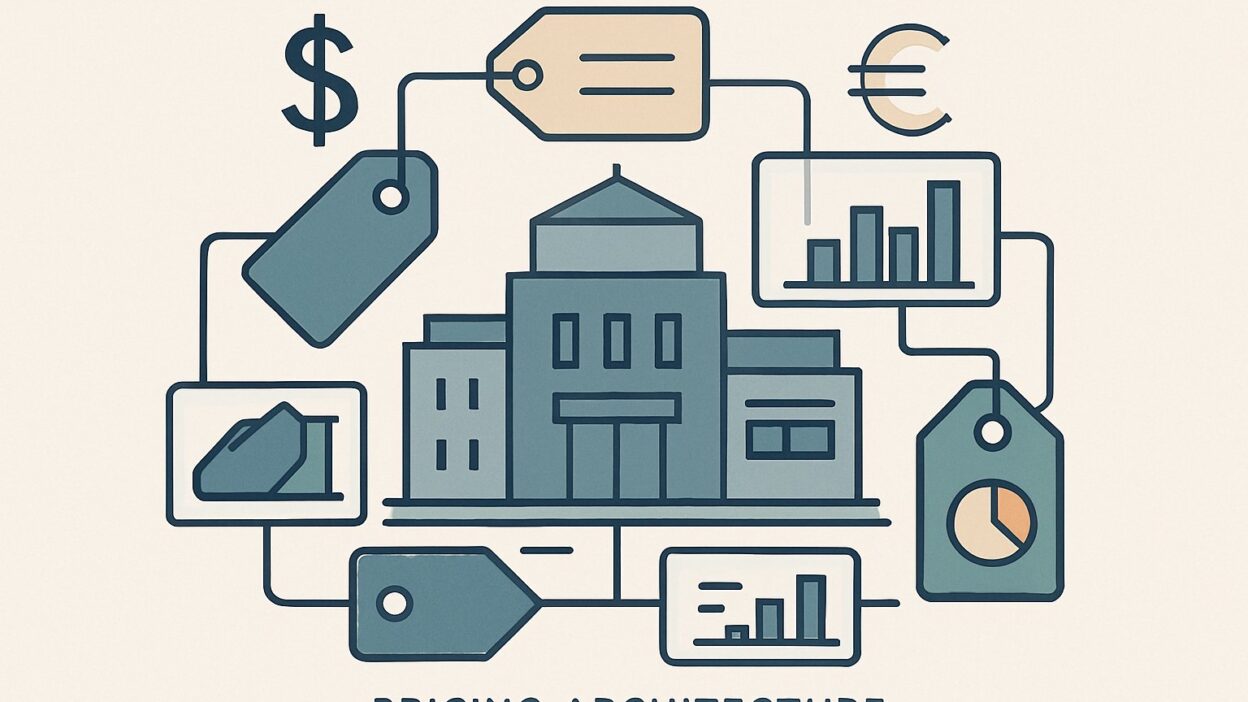How do companies decide what’s fair when setting up different pricing models? Most use fences to group customers and bundles to package services together.

So, when should businesses use multiple models at once? It’s important to see how these pricing strategies interact and what unfolds when companies mix them in the real world.
TL;DR
Pick one main value metric for pricing. Seats make sense when you charge for people using your product.
Usage works if you bill for consumption. Hybrid models fit when both factors drive value.
Make metering fair and visible—use in-product counters, budgets, caps, and alerts. Fences decide who gets which features.
Bundles match what customers are willing to pay. Simulate unit economics and payback before launching.
Ship with grandfathering and clear migration plans. Follow guardrails around privacy and accessibility, and avoid dark patterns.
Quick definitions (one line each)
Value metric: The unit customers pay for, like seats, storage, or API calls.
Meter: How you measure and count usage, such as per user monthly or per thousand events.
Seat pricing: Charge a set price per human user, often tied to their role.
Usage pricing: Bill based on how much customers consume—events, storage, whatever fits.
Hybrid pricing: Combine a base fee with usage charges for more flexibility.
Fences: Rules that separate plan features, like advanced security in higher tiers.
Bundles: Offer Good–Better–Best packages with optional add-ons customers can buy.
When each model fits (rule of thumb)
Seats work best for teams that collaborate and have steady usage. Think CRM tools, admin platforms, and team software where change management matters.
Usage pricing fits when value grows with volume or automation. APIs, infrastructure tools, and data systems benefit since customers only pay for what they use.
Hybrid models combine both approaches when both people and volume matter. Workflow platforms with APIs and data products often go this route.
Step-by-step playbook
1) Choose the primary value metric
Start by asking what outcome customers notice and control. If more collaboration creates more value, use seats.
If more volume processed matters, start with usage. Only go hybrid if both metrics matter and they’re easy to explain.
Keep it simple: “$X for editors + $Y per 1k events beyond the included pool.”
2) Define fair metering rules (write them down)
Make metering observable with live counters in the product and downloadable CSVs.
Make it predictable by offering price calculators, pre-bill estimates, and bill previews.
Let customers control costs with budgets, soft caps with alerts, and hard caps that stop or degrade service gracefully.
Keep the system auditable with usage tracking by project and user, timestamps, and timezone awareness.
Localize units, currency, and tax by region. Make invoices RTL and WCAG-compliant.
3) Design fences, bundles, and add-ons
Fences decide who can access features like SSO, SCIM, audit logs, data residency, and compliance packs.
Bundles create three tiers with 3-5 bullets each. Avoid overwhelming customers with too many features.
Add-ons include advanced AI, premium support, extra domains, and HIPAA controls. Always check if a fence makes sense based on willingness to pay, not just frustration.
4) Pick the charge path and calendar
Offer monthly and annual options. Discount annual plans for better cash flow and commitment.
Let customers prepay for units with committed pools and reasonable overage rates. Overage alerts go out at 50%, 80%, and 100%—no surprise bills here.
5) Simulate the economics (before launch)
Estimate seats, usage, gross margin, support costs, and customer acquisition costs for 2-3 types of customers.
Calculate average revenue per account, contribution, and payback periods. Stress test with ±20% changes in seats and usage.
6) Set policies: discounts, upgrades, migration
Connect discounts to term length, volume, and prepayment. Set time limits on discounts.
Handle upgrades and downgrades with clean proration. Never trap data behind higher tiers.
Honor old prices for 12-24 months. Publish timelines and calculators.
7) Roll out safely
Pilot with advocates, publish calculators, update contracts and invoices, then launch fully.
Track complaints, refunds, downgrades, and support load. Maintain holdout groups for price testing and steer clear of deceptive practices.
Trade-offs at a glance
Each pricing model affects customer willingness to pay in its own way. Seats models work well for teams that value collaboration but can sting price sensitivity for light users.
Usage-based pricing appeals to cost-conscious folks but can make bills unpredictable. Hybrid models capture more value but need clear explanations to avoid confusion.
| Model | Best for willingness to pay | Price sensitivity impact |
|---|---|---|
| Seats | Admin-heavy tools | High for light users |
| Usage | Growing teams | Low upfront, high variability |
| Hybrid | Platform users | Medium complexity |
Commit models soften price sensitivity with discounts. Pure pay-as-you-go encourages trial but makes revenue harder to predict.
Worked example: hybrid pricing sanity check (with sensitivity)
Let’s look at a B2B data platform with 10 editor seats at $20 per seat monthly. That’s $200.
The plan includes 1M events. Extra events cost $0.10 per 1,000.
This month, usage hit 4M events. Subtract the included 1M, and you’ve got 3M billable events.
Usage revenue is 3,000 × $0.10 = $300. Total bill: $500.
- Infrastructure costs: $40 per 1M events × 4M = $160
- Support costs: $50 per account monthly
- Contribution margin: $290 ($500 – $160 – $50)
With a $900 CAC for this segment, payback time is 3.1 months.
Sensitivity Analysis:
If usage jumps 20% to 4.8M events, billable events become 3.8M. Usage revenue goes up to $380, so the total bill is $580.
That’s a 16% bill increase for 20% more usage.
Fairness Measures:
We show live meters—”Events used 3.6M of plan 1.0M + overage.” Alerts go out at 50%, 80%, and 100% thresholds.
Customers can set hard caps at $600 monthly to keep spending in check and avoid surprises.
B2B example (≤5 lines): API + seats → hybrid that clarifies value
A developer platform switched from seat-only pricing to a hybrid model. We charged $15 per editor seat and $0.08 per 1,000 API calls after 500,000 included calls.
The platform added real-time usage meters, budget controls, and Slack alerts. Users could export usage data as CSV files.
We included compliance features like SOC2 and SSO on Pro+ plans. Results? ARPA went up 19%, complaints dropped 42%, and top-tier margins improved by 7 percentage points.
Small business bills actually decreased a bit under the new model.
B2C example (≤5 lines): storage app → usage with family bundle
We ditched our flat $9.99 plan after light users complained and heavy users abused unlimited storage. The new model starts at $4.99 for 100 GB with $0.02/GB overage charges.
We rolled out a Family bundle for 5 people sharing 2 TB of storage. The app displays a storage gauge and monthly bill estimates to help users avoid surprises.
Uploads pause when users hit their cap instead of triggering unexpected fees. This approach reduced churn by 1.8 percentage points and boosted upgrades by 14%.
Packaging patterns that work
We recommend Good–Better–Best pricing plans with three to five tiers. Each one should have 3-5 clear feature bullets and a price meter showing progression.
Role-based seats work when editors pay full price and viewers get free or cheap access. This structure lines up costs with value creation.
Committed pools let customers prepay for units at a discount with a one-month rollover. Fair overage pricing adds small premiums, not harsh penalties.
Guardrails & ethics (non-negotiable)
Privacy comes first. We meter only what’s needed and never log sensitive content for billing. Export and deletion options are always available.
Accessibility matters. Pricing pages and invoices meet WCAG 2.1 AA standards—good contrast, real tables, and keyboard navigation. Calculators work with screen readers.
Transparency means showing all fees up front. We display taxes, foreign exchange costs, and overage rates. No junk fees—ever.
You get control with budgets, caps, and alerts. Downgrade services yourself and export your data anytime.
Pitfalls & better alternatives
Too many companies focus on metering costs instead of real customer value. It’s better to charge for outcomes like orders, successful jobs, or the number of collaborators.
Avoid “unlimited” plans that aren’t actually unlimited. Go for high-cap plans with honest ceilings and some kind of gentle fallback if people hit the limit.
Seat-only pricing just doesn’t work for machine-heavy products. Add usage-based components with visible meters and budgets.
Complex comparison grids only confuse people. Three clear tiers with short, focused bullet points usually work better. For rare needs, offer add-ons.
Permanent discount culture really messes up pricing. Publish your discount logic for term, volume, and prepay deals. Keep promotional offers short and time-boxed.
Changing pricing without a migration path? That’s risky.
- Give at least 90 days’ notice
- Offer pricing calculators
- Grandfather for 12-24 months
- Have customer success managers reach out
Mini FAQ
How do we choose the right unit for usage pricing?
Pick something customers can predict, control, and see value in. Good examples: successful jobs, GB stored per month, or 1,000 API calls. Avoid units users can’t see or influence.
When should we switch from seat-based to hybrid pricing?
If your top 10% of accounts drive way more costs or value than the rest—like handling over half your total volume—it’s time. Start with a gentle usage add-on instead of a full pricing overhaul.
Should we use hard caps on usage?
Default to soft caps. Send alerts and reduce service gently when people hit limits. For customers who really need strict budget control, offer optional hard caps. Both approaches help earn trust and reduce churn.
Do free tiers still work?
Absolutely, especially for self-serve onboarding. Just make usage meters clear and set upgrade boundaries that match real value. For example: 1M events, 100 GB storage, or 3 editors.
How do we test pricing changes ethically?
Run A/B tests on public pages with clear pricing calculators. Never show different prices for the same package in the same market unless customers know they’re part of a test.
Copy-ready checklist (paste in your wiki)
Value Metric Setup
- Choose your primary value metric and jot down why you picked it.
- Set up the billing system for the metric type you decided on.
Usage Monitoring
- Make sure usage meters show up in the product interface.
- Set alerts for 50%, 80%, and 100% usage thresholds.
- Let customers export their usage data as a CSV file.
Product Structure
- Map fences to customer personas (things like SSO, audit, data residency).
- Keep bundle tiers simple—stick to a max of three options.
- Clearly connect features to the right customer segments.
Pricing Tools
- Add a calculator to the pricing page.
- Turn on localized currency options.
- Set up tax calculations by region.
- Make sure unit displays match local preferences.
Business Policies
- Define discount policies for term and volume commitments.
- Document clean downgrade flows.
- Set a grandfathering period—usually 12 to 24 months works.
Financial Modeling
- Calculate ARPA projections.
- Complete a gross margin analysis.
- Include estimates for support costs.
- Model the CAC to payback timeline.
Launch Strategy
- Plan out a pilot program.
- Update documentation and contracts.
- Create a staged launch timeline.
- Define your success metrics (like complaint %, refund %, downgrade %).





